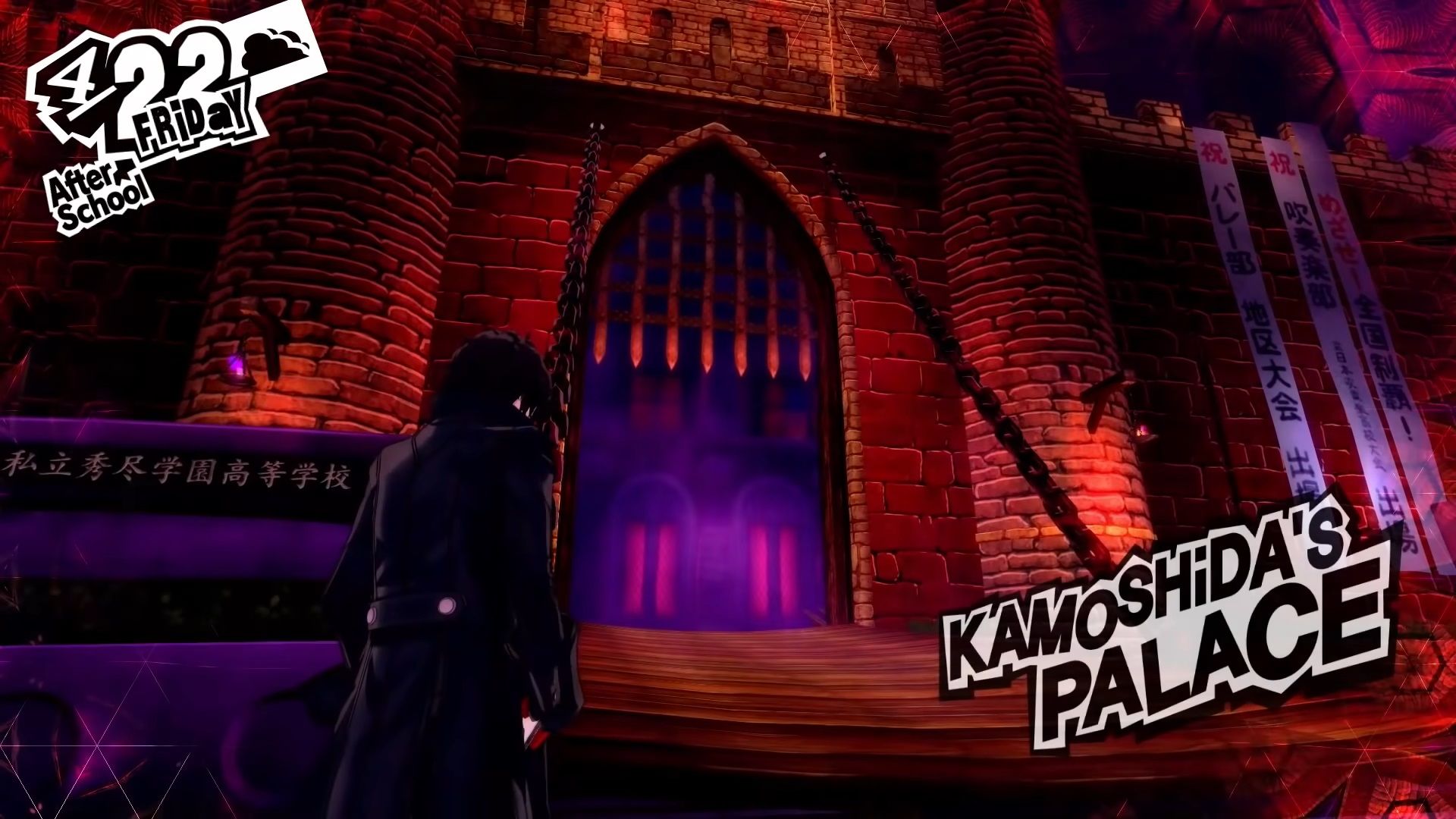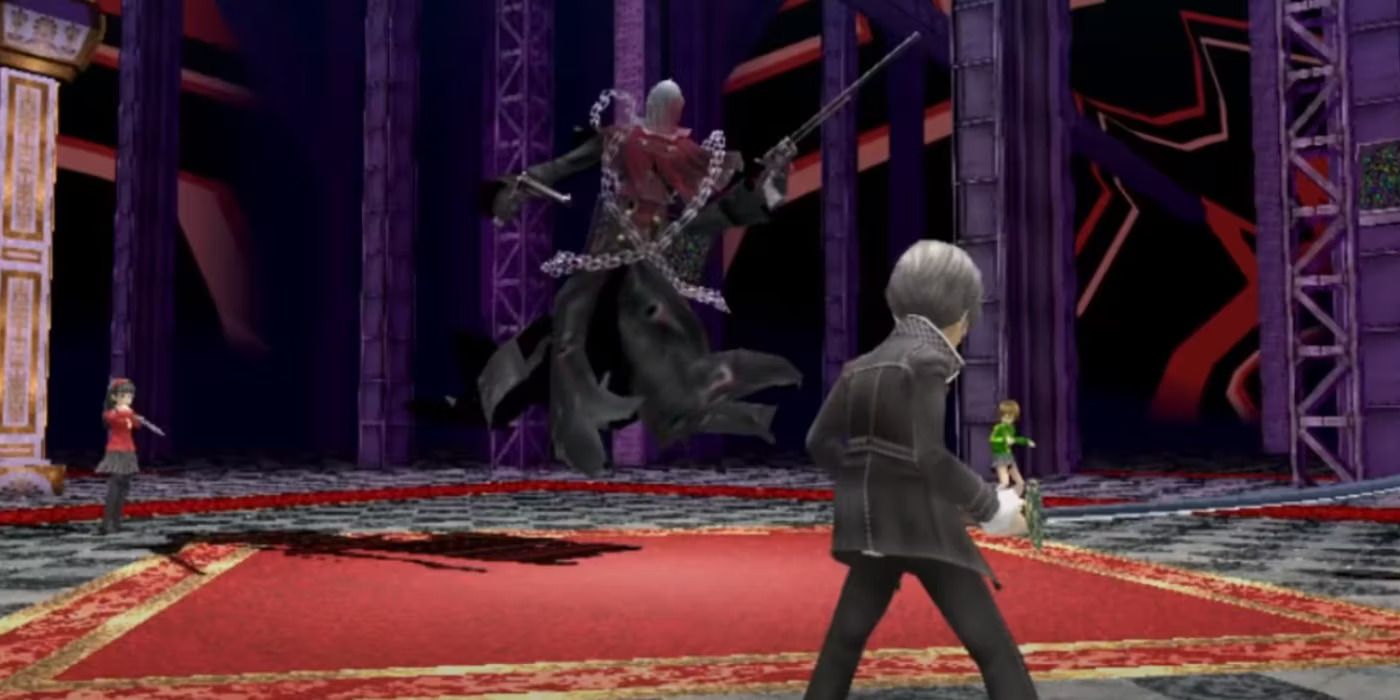Persona 6 has yet to be announced, but is already a huge talking point in the JRPG space. It's a highly anticipated entry in a franchise that's only gained popularity over time, finding success in the mainstream after Persona 5 captured the hearts of gamers in the West as well as its native Japan. The fifth game improved upon its predecessors in plenty of ways, feeling like the first true modern AAA experience in the series.
However, with that newfound fame comes an eagerness for more quality in future iterations. Persona 6 has a mountain to climb, and developer Atlus has to satisfy the appetites of fans that continue to grow as new information, no matter how small, trickles out. Improvements are expected, and one of the ways that the upcoming game can outdo Persona 5 would be to implement procedurally generated elements to give the dungeons more replay value. To do this, it has to backtrack on the progress that palaces have undoubtedly made.
Persona 5's Palaces Lacked Replay Value
The palaces in Persona 5 are fantastic, with each bringing an entirely new theme and being packed with interesting battles, worthwhile loot, and genuinely engaging puzzles to make each a challenge. They fit the character they were linked to well, and although there are eight main palaces to explore, they are all memorable. It was a welcome change in the fifth game when it was made evident that they would each be carefully crafted, unlike previous entries that used procedurally-generated dungeon design.
Yet, the palaces in Persona 5 lack replayability and aren't as effective for grinding as the dungeons in earlier games. It's a minor issue, but one that Persona 6 should acknowledge if it wants to improve upon its predecessor. The problem with Persona 5 was that it felt like a big disconnect in the differing philosophies in the palaces and Mementos, and if the follow-up can blur those lines and find a way to make procedural generation interesting (like Dead Cells, The Binding of Isaac, and Hades did), then it could add so much replay value to a series that is known for its lengthy and worthwhile story modes.
Dungeons in Persona 6 Should Lean on the Past
Mementos did well to give Persona 5 a procedurally-generated element to allow players to grind for levels in a way that cleverly fits into the story. It worked, but there was a stark disconnect between it and the dedicated palaces that made up the bulk of the game's combat encounters. Persona 6 surely can't use the same method again, so by bringing procedurally-generated elements to the core dungeons, akin to Persona 3's Tartarus and Persona 4's TV world, the sixth mainline game could strike the much-needed balance.
Using dungeons that had a random element to them made sense in earlier iterations because of the hardware restrictions, but while Persona 5's palaces were a noticeable improvement, that doesn't mean that the old method is redundant. Weaving in a few floors that can unfold in any number of ways can make the more rigid and meticulously crafted rooms in a dungeon feel all the more exciting, and can give it so much replay value in the process. Persona 6 is still likely a way off, but finding a way to implement procedural elements into the main campaign could give it the diversity that it needs to improve on the fifth game, no matter how tough that may seem.
Persona 6 is in development.



